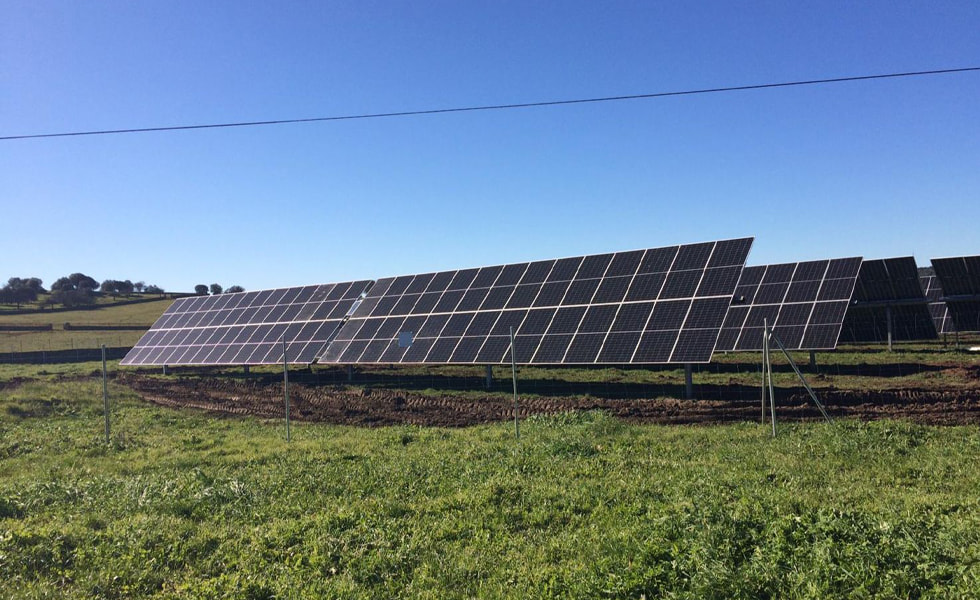
Solar panels add three-dimensional structure and complexity to an environment. They can provide animals shelter from predators and the elements, much like artificial reefs in lakes and oceans. They can also act as perch or nesting structures.
Solar infrastructure also creates a mosaic of sun and shade patches – and so provide many “micro-habitats” for plants and animals.
Research from Europe has shown large solar farms can enhance the diversity and abundance of plants, grasses, butterflies, bees and birds.
What’s more, vegetation between solar panel rows can also provide travel corridors, nesting sites and shelter for wildlife.
Management is key
Research suggests several management strategies that can maximise the benefits of solar farms for wildlife.
Land managers should provide a diverse mix of flowering plant species to encourage pollinators. And grass between solar panels should not be mowed too short or too often. Pollinators prefer tall vegetation where they can forage – though vegetation should not be so tall that it shades the solar panels.
The use of herbicides and other chemicals should be avoided where possible. And solar farms should be connected to other vegetated areas, using features such as hedgerows and wildflower strips, so wildlife can move between the solar farm and other habitats.
Landholders who combine solar farms with wildlife habitat may reap several benefits.
They could receive financial returns by earning environmental credits through schemes that reward carbon sequestration and biodiversity improvements.
También pueden mejorar la salud de su tierra, por ejemplo, aumentando la polinización o proporcionando un hábitat para depredadores como perchas o nidos de aves rapaces, lo que a su vez podría ayudar a controlar las plagas.
Sin embargo, queda mucho trabajo por hacer para comprender estas oportunidades.
Mirando hacia el futuro
El beneficio de las energías renovables en la reducción de las emisiones de carbono es bien conocido. Pero se necesita más trabajo para comprender cómo las granjas solares pueden beneficiar a la vida silvestre.
También falta investigación sobre cómo ubicar, configurar y administrar granjas solares para mejorar mejor la biodiversidad. Se necesita la colaboración entre la industria, los administradores de tierras y los investigadores para que la producción y conservación de energía limpia puedan ir de la mano. La conversación
etiquetas :
